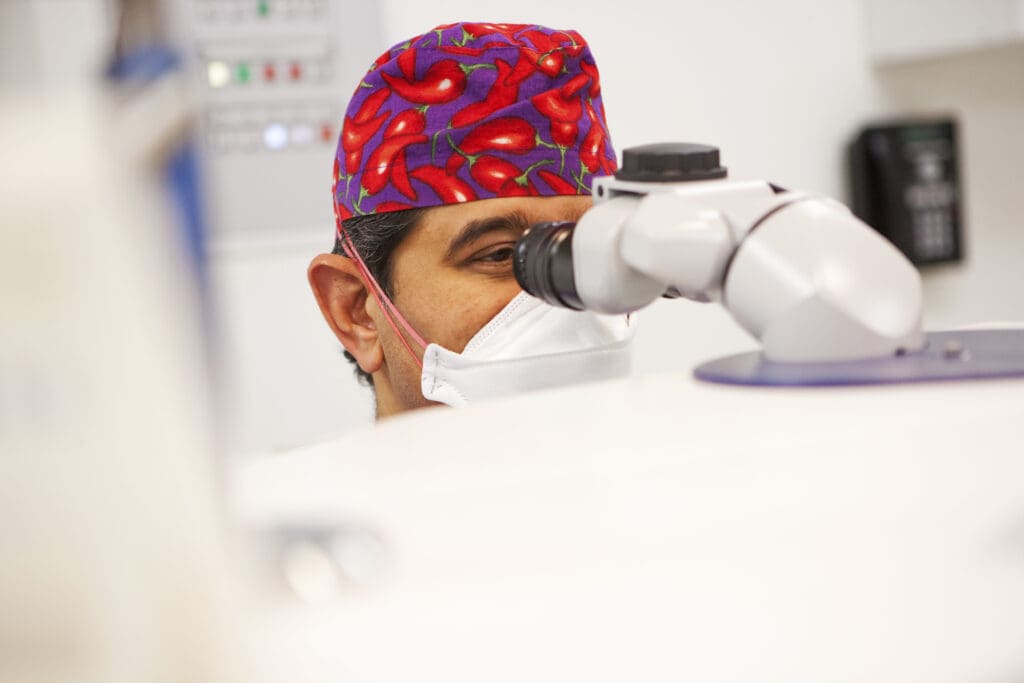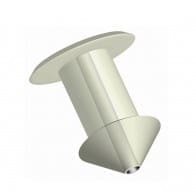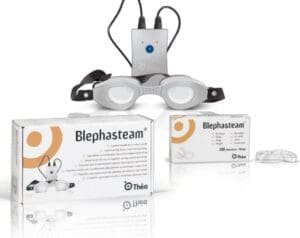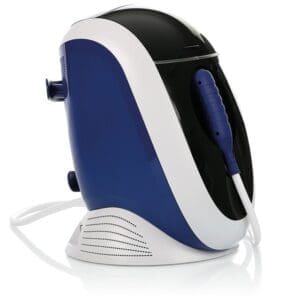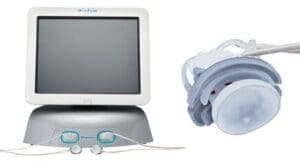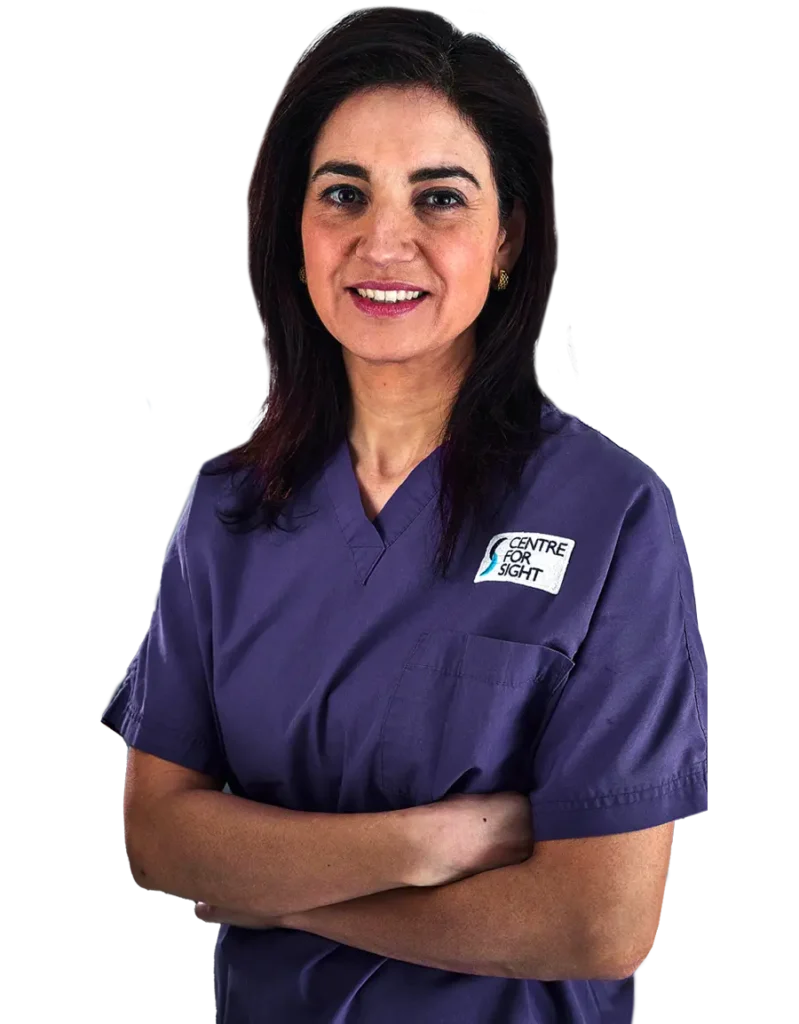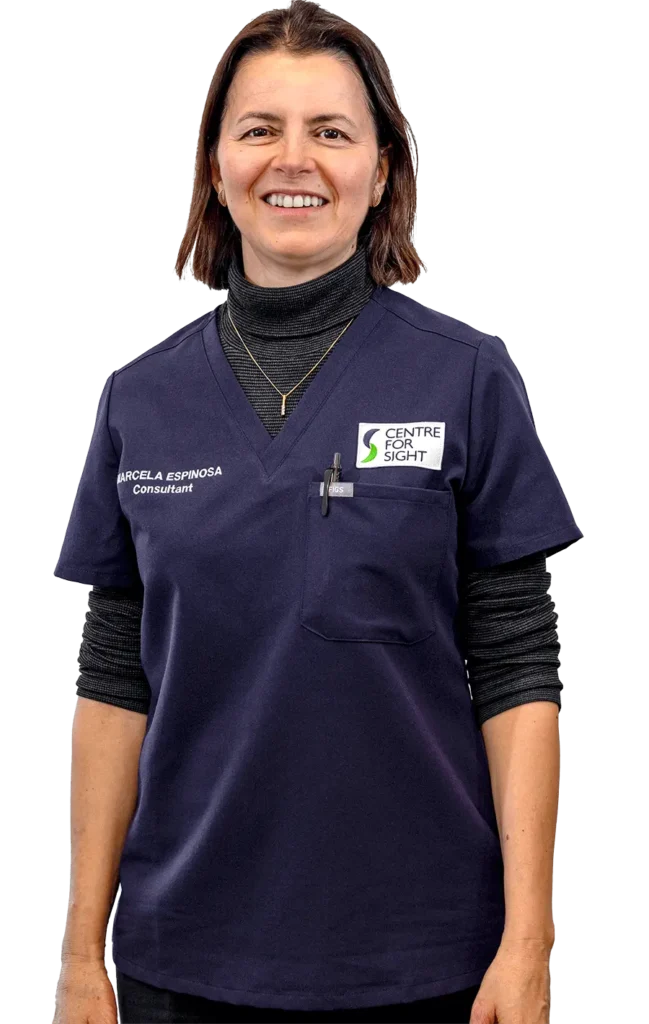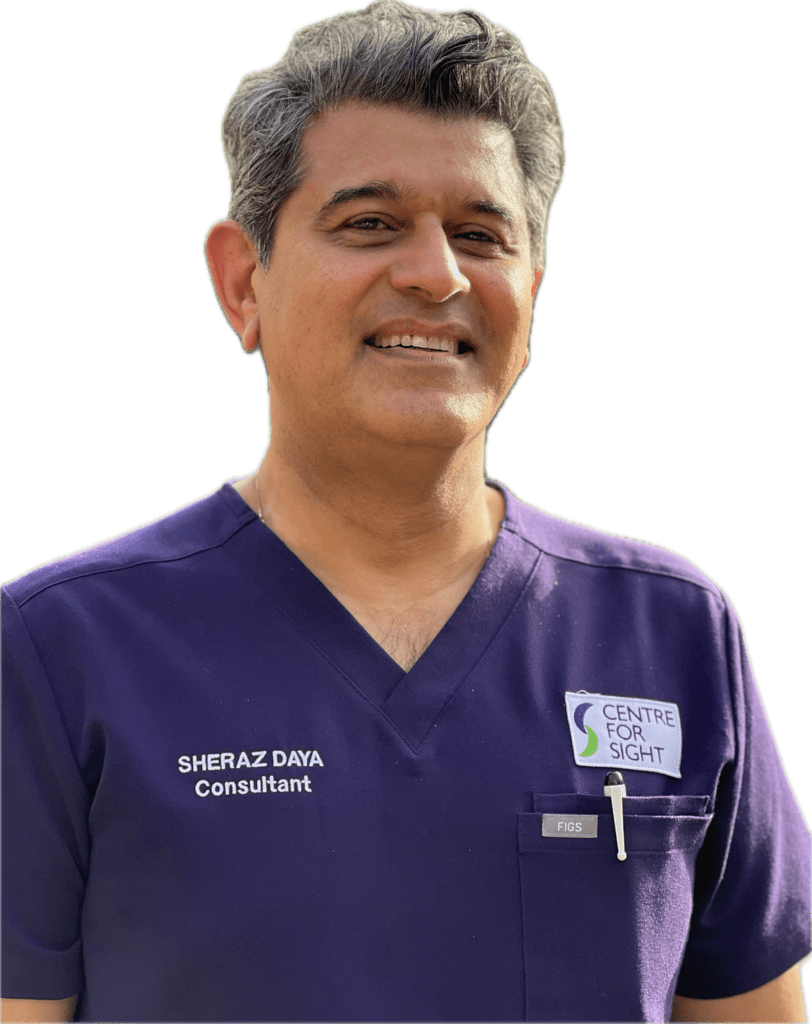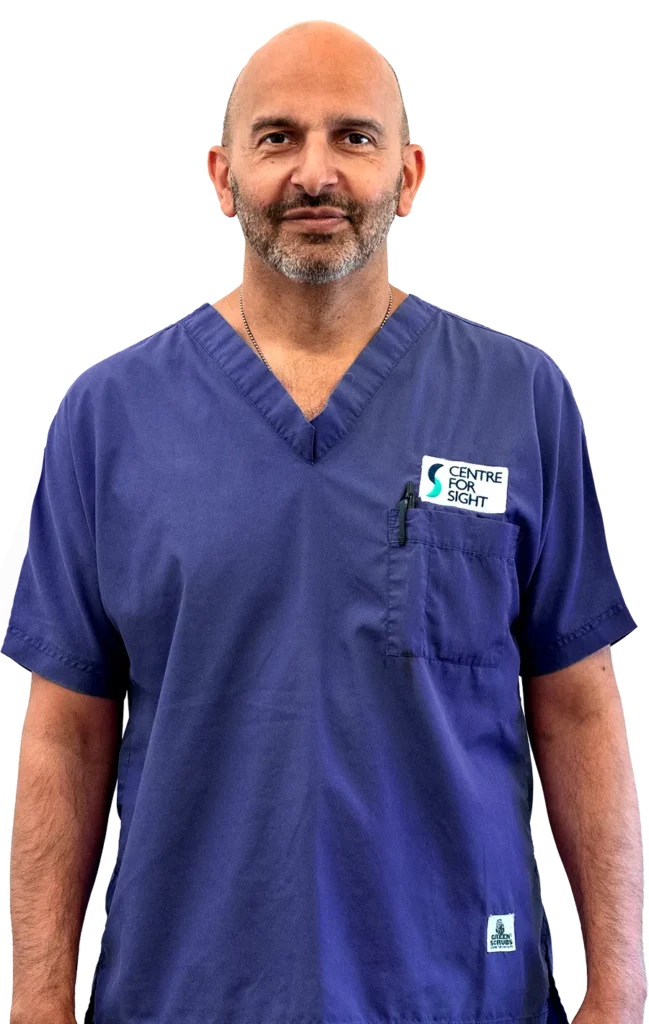First line of treatment is usually lubricating eye drops or gels. These can be bought over the counter. Best to try out different types to see what suits you best. Note that if the drops aggravate your eye, this might be due to the preservatives in the drops. Try using non-preserved drops instead. While they may provide relief they will not address the underlying problem.
Some people with dry eye complain of scratchy eyes when they wake up; this symptom can be treated by using an artificial tear ointment at bedtime.
Some newer lubricating preparations that normalise the electrolyte balance on the ocular surface have been shown to be of benefit and newer preparations are being researched.

